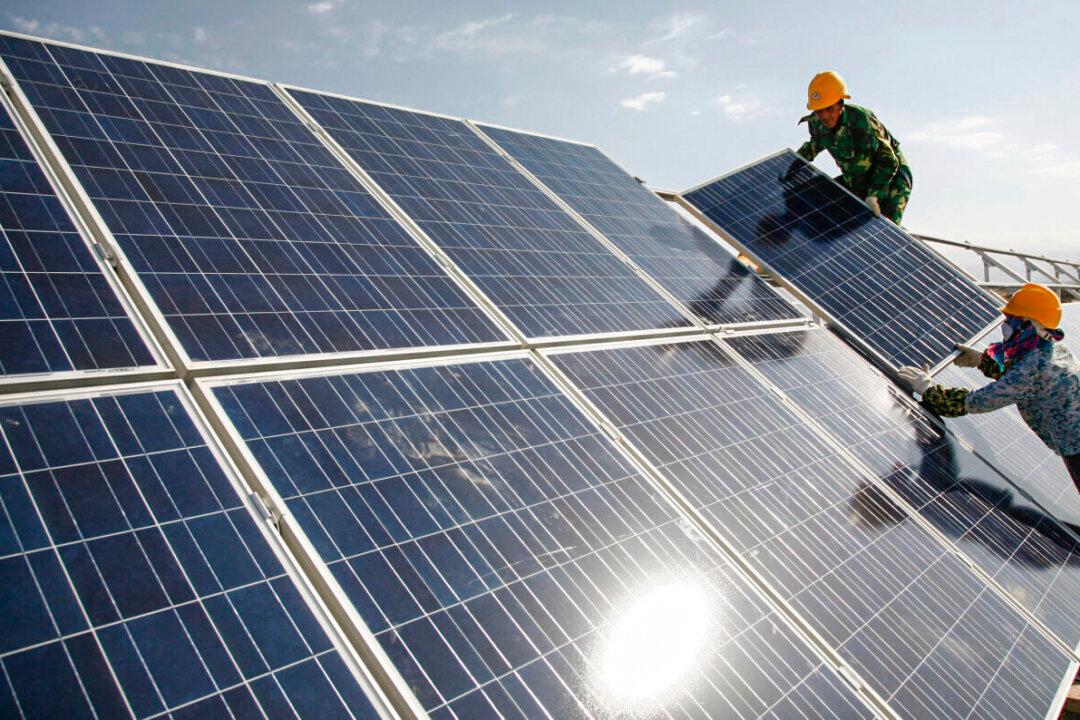The proliferation of renewable energy sources, especially solar power, has increased significantly over the past years, but the issue of how to tackle solar waste is becoming a cause of concern both inside and outside America.
The United States currently has an estimated 149.5 gigawatts (GW) of solar capacity installed nationwide. In the first quarter of 2023, the country installed 6.1 GW of solar capacity, which is its “best first quarter in history,” according to a June 8 press release by research firm Wood Mackenzie. Over the next five years, Wood Mackenzie expects America’s total installed solar capacity to hit 378 GW by 2028.





